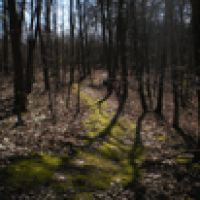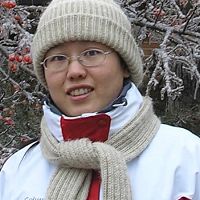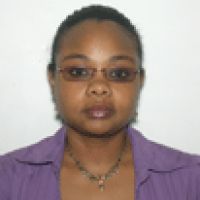Holmes et al., 2010
Evidence of mobile/immobile flow at the Susquehanna Shale Hills Critical Zone Observatory using the stable isotope network
Holmes, G., Duffy, C., Boyer, E.W., Jin, L., Andrews, D. (2010)
AGU Annual Fall Conference Proceedings
-
Shale Hills, GRAD STUDENT
-
Shale Hills, INVESTIGATOR
-
Shale Hills, INVESTIGATOR, COLLABORATOR
-
Shale Hills, GRAD STUDENT
Abstract
An isotopic sampling network has been implemented at the Susquehanna Shale Hills Critical Zone Observatory. This research is an attempt to determine oxygen-18 and deuterium signatures in all stores of the watershed, so that they distinguish mobile and immobile flow. The stable isotope network covers all phases of the hydrologic cycle, including precipitation sampled on an event basis with an Eigenbrodt NSA-181/S wet only collector (six-hour samples), soil water sampled weekly along four transects with 80 suction-cup lysimeters, groundwater sampled daily at two wells with ISCO automatic samplers and bi-weekly at 15 wells and stream water sampled daily with an ISCO automatic sampler. The comprehensive sampling of the network is possible because of the DLT-100 liquid water stable isotope analyzer from Los Gatos Research, with a reproducibility of ± 0.2%0 for δ18O, ± 1.0%0 for δD and the capability to run 30 samples per day. Singular spectrum analysis, principal component analysis and models like HYSPLIT and PIHM were used to determine the timescales and behavior of the hydrologic system. The analysis shows that the timescales of the watershed are on the order of months to seasons. This is attributed to changes in precipitation type and storm paths and the effect of vegetation, which is too change the flow paths of water. The mean behavior and variance of the isotopes in the hydrologic system suggest that mobile and immobile flow exist.
Citation
Holmes, G., Duffy, C., Boyer, E.W., Jin, L., Andrews, D. (2010): Evidence of mobile/immobile flow at the Susquehanna Shale Hills Critical Zone Observatory using the stable isotope network. AGU Annual Fall Conference Proceedings.
 This Paper/Book acknowledges NSF CZO grant support.
This Paper/Book acknowledges NSF CZO grant support.
Explore Further




